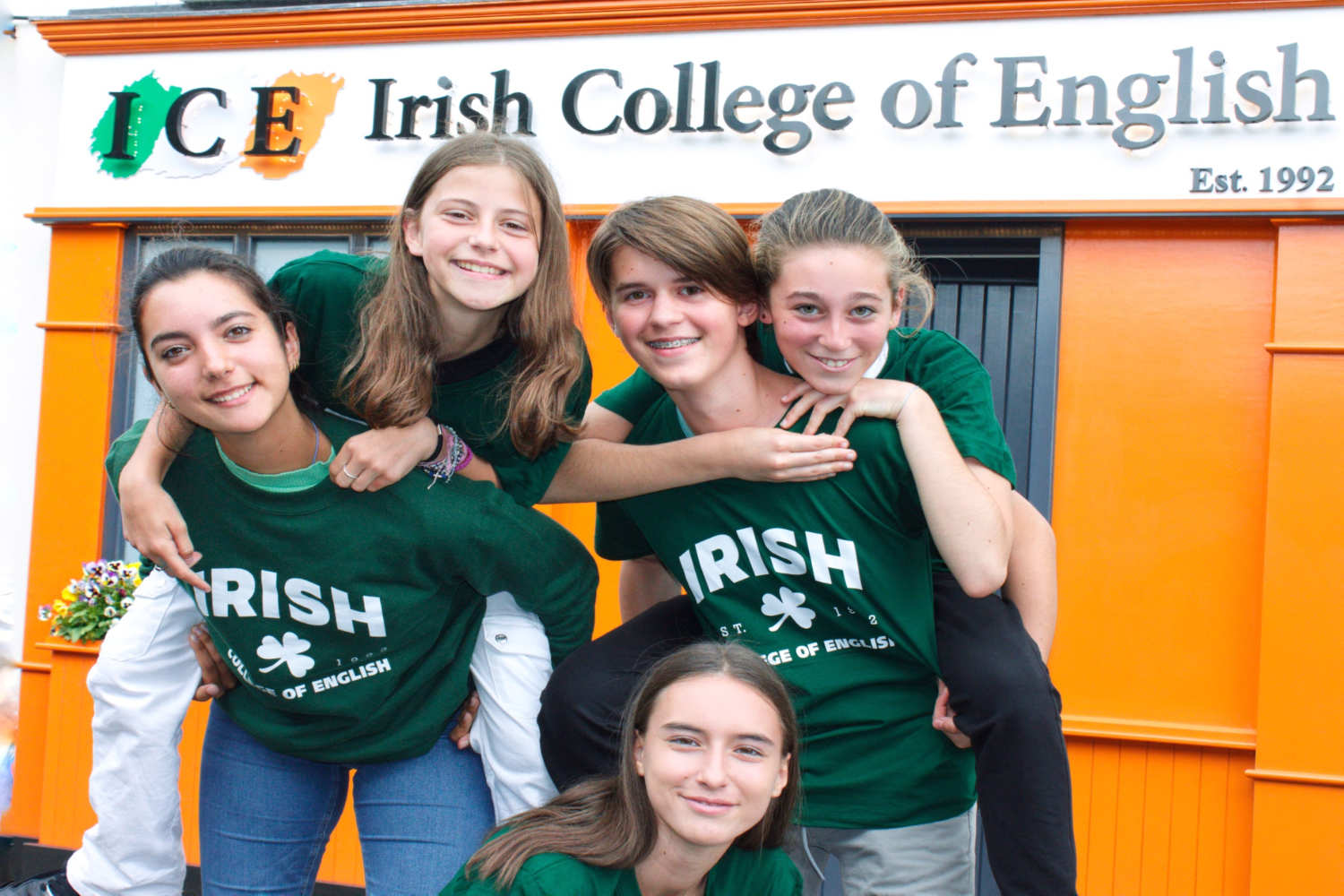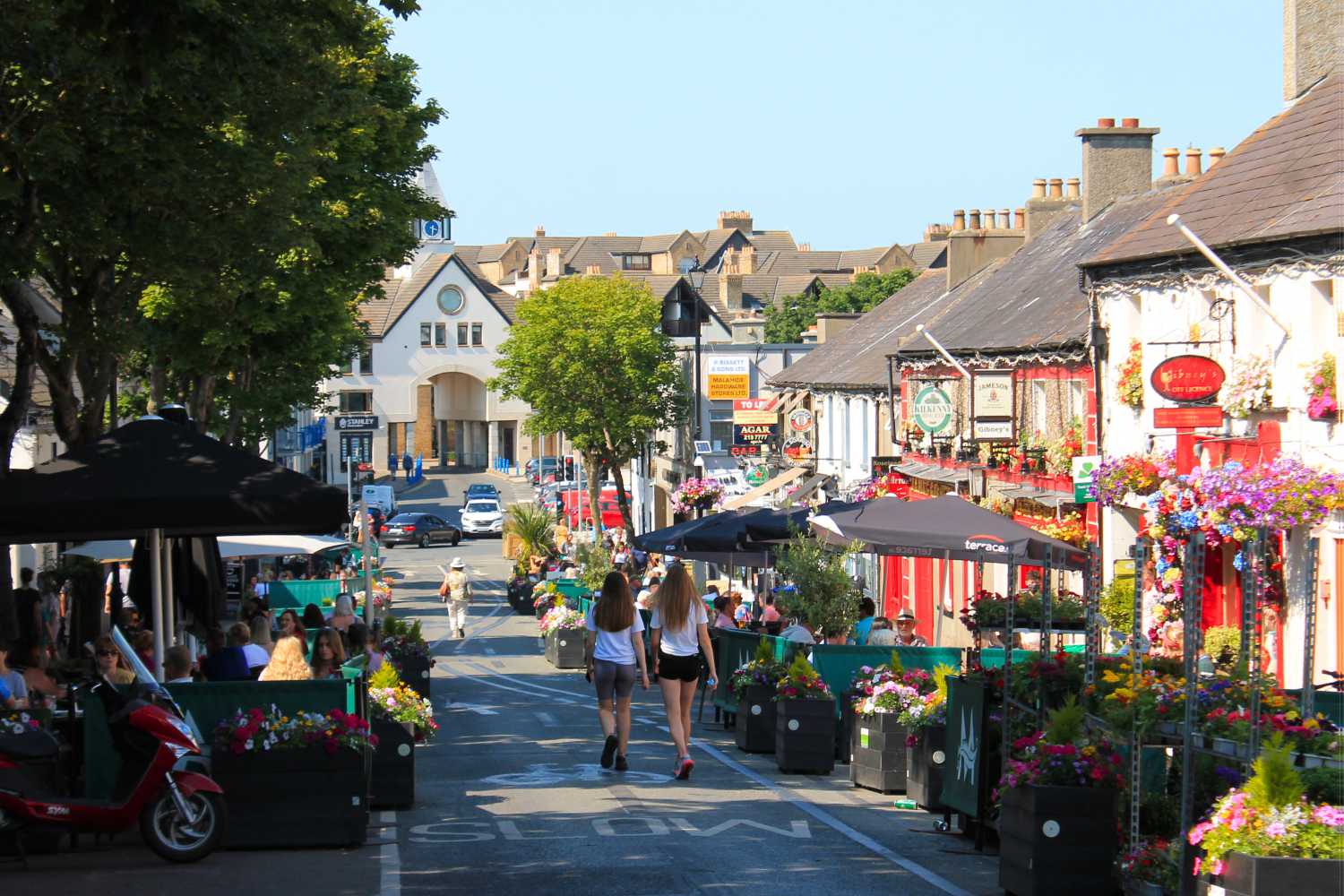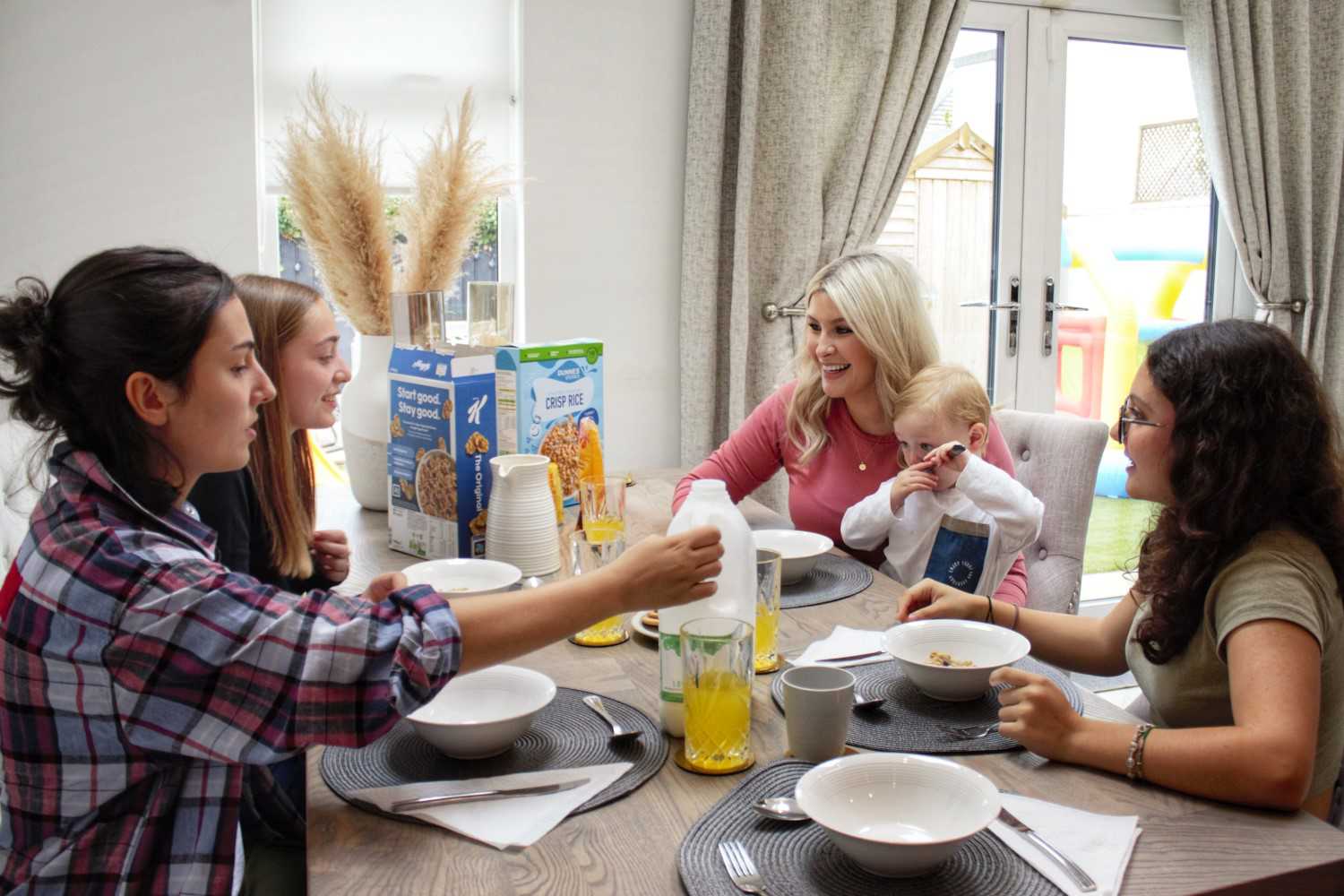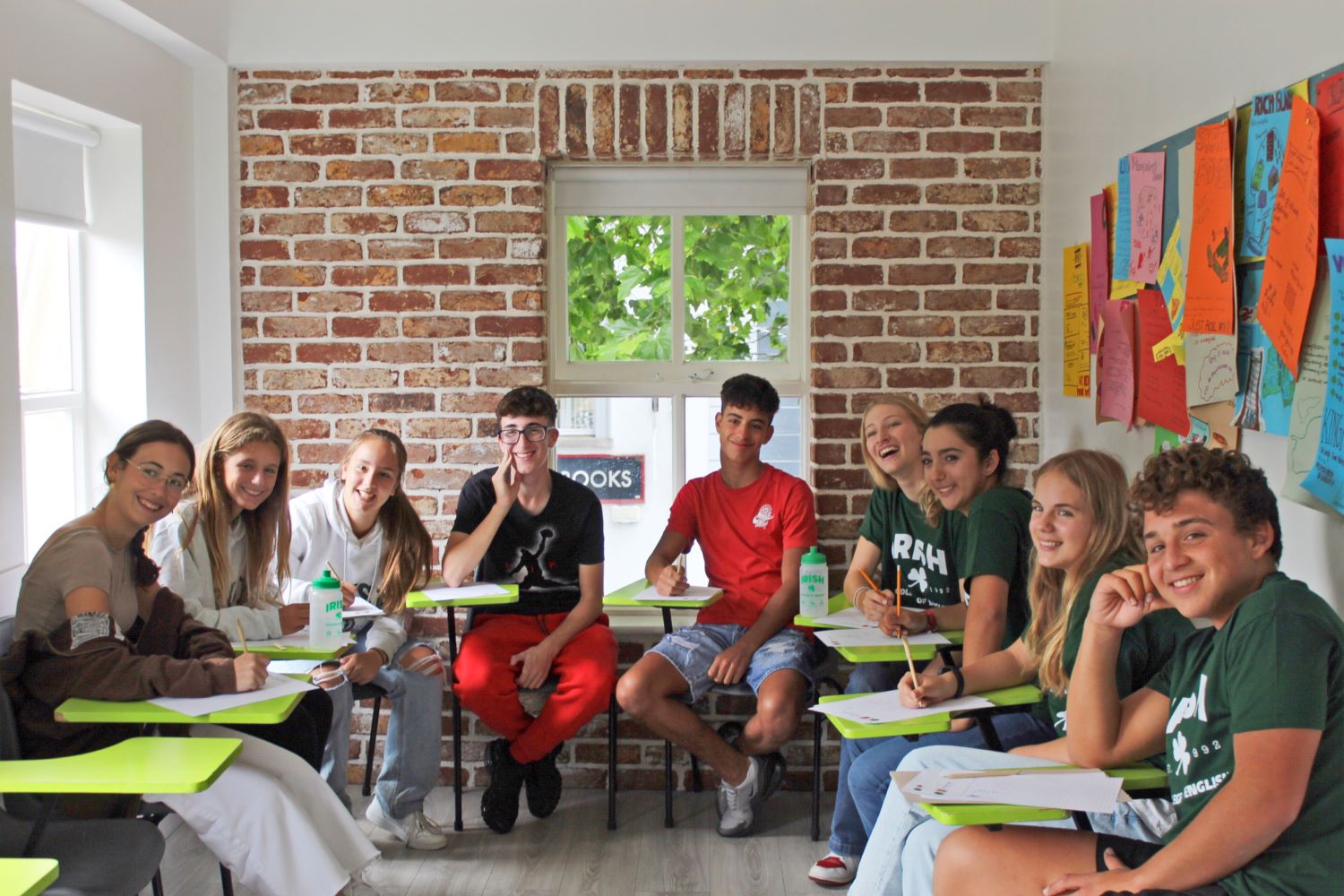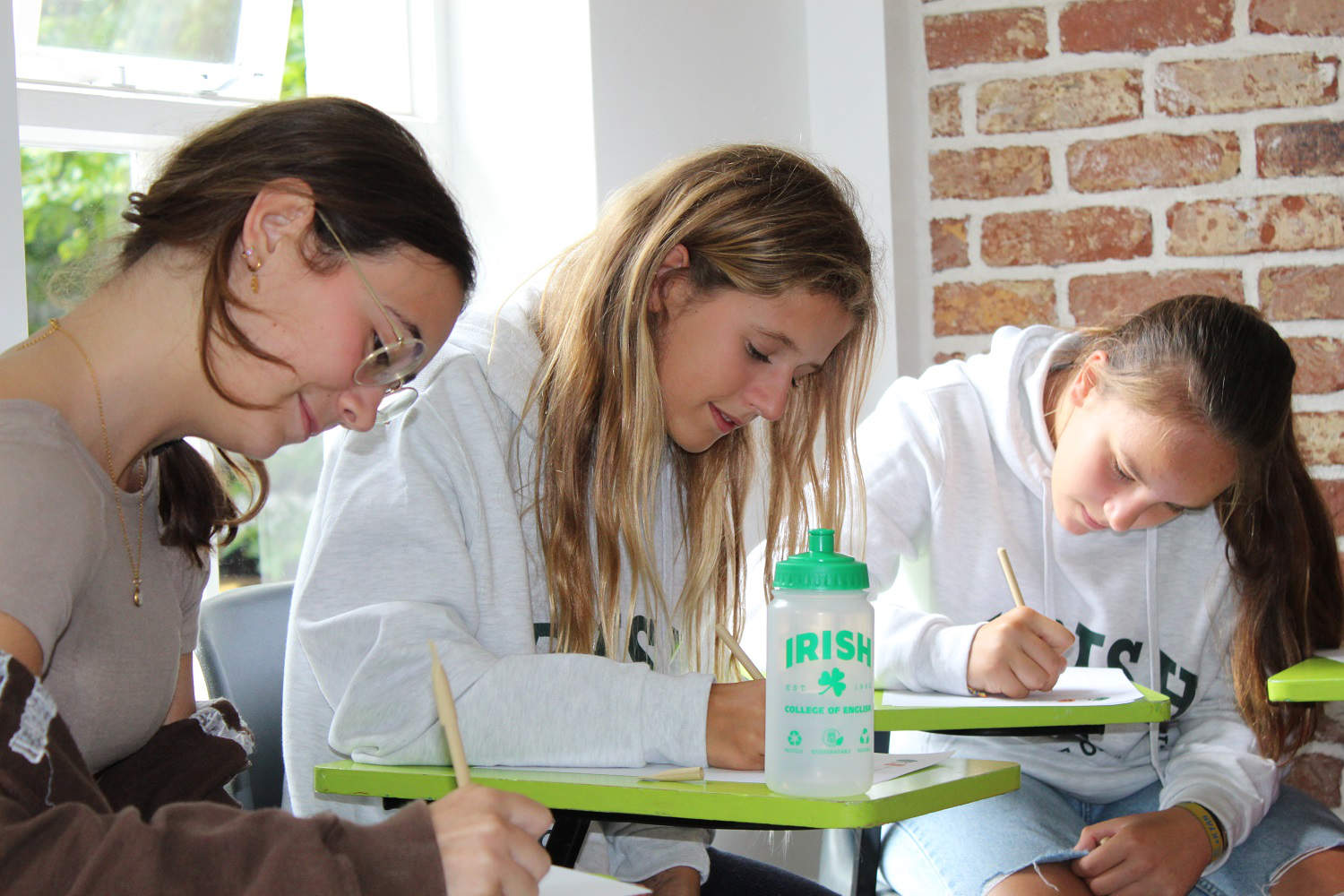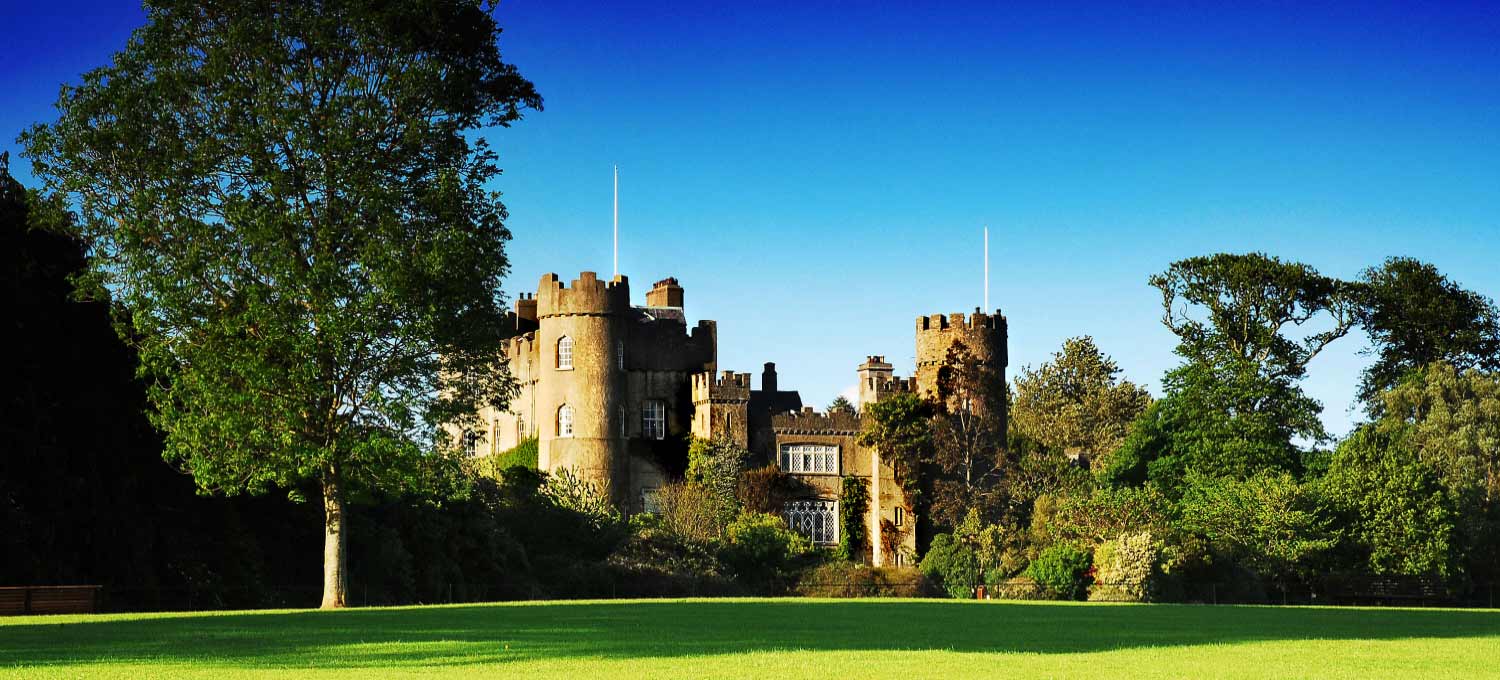Irish Independent on Malahide!
Irish Independent National Newspaper 19th April 2015
The reasons why you should consider a move to nautical Malahide
Enda Sheppard
Ever met a persn who grew tired of living in Malahide? With its long coastal walks, imposing 12th century castle and leafy publicly accessible grounds, fine marina, excellent pubs and restaurants, kitschy hanging baskets and trendy boutiques for the well-heeled?
Yes, you’ll get the usual begrudgers on websites going on about over-priced houses and the influence of affluence in the north Dublin seaside town with the village feel, but really, if you can afford it, there’s no denying it’s a great place to live.
OK so the sky’s the limit when it comes to the cost of a mansion along the coast here, on the old Malahide golf course, or in Abington, gated estate of the stars and, yes, one of former Anglo Irish Bank chief David Drumm’s pied-a-terres – they go for millions.
But move out from the town diamond to the likes of the Seabury development, 15 minutes walk from the centre, and the money gets a bit less silly. Here the mythical three or bed semi will set you back over €400,000. For less than that, it’s apartments, of which there are many.
Only half an hour from Dublin city, and 15 minutes (traffic permitting) from Dublin Airport, Malahide is a bustling, seaside gem. It’s nautical but nice, with 350 fully serviced berths in the marina. Malahide has 2km long stretch of beach, which leads into the neighbouring Portmarnock beach. On the way you will take in Lambay Island, Howth and Ireland’s Eye (depending on how far you walk, that is). Walking from the village along the beach you’ll come to the wide velvet strand along the mouth of the estuary, from here the beach leads to Low Rock, a popular swimming section of the beach.
Just outside the town is the imposing Malahide Castle, set on 260 acres of parkland with numerous walks, play areas, picnic sites, cricket and soccer pitches, a nine-hole golf course, and 18-hole pitch and putt course and a 22-acre garden, with 5000 species and varieties of plants, a Victorian Greenhouse and wonderful old rose garden.
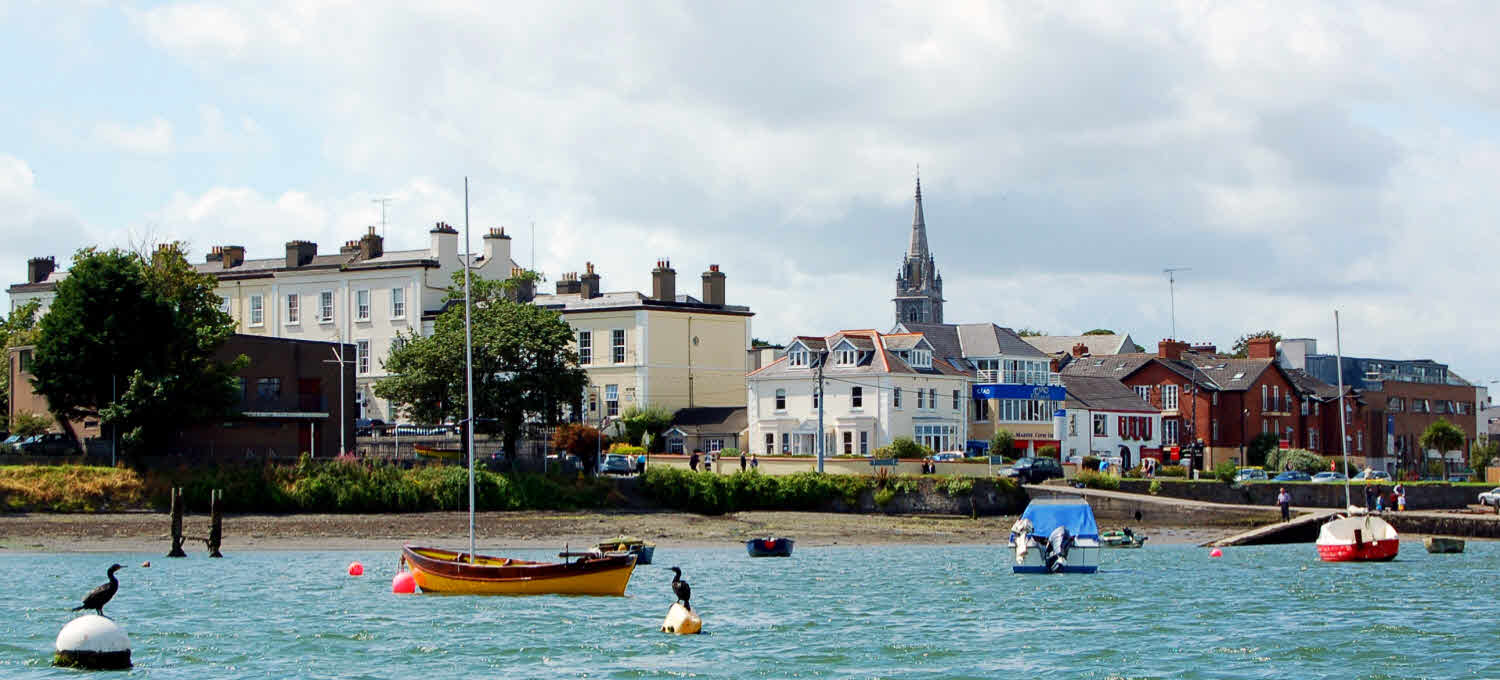
The name Malahide (Mullach h-Ide) probably derives from the time of the arrival of the Normans, meaning the sandhills of the Hydes, a Norman family from the Donabate area.
From the 12th century onwards, Malahide developed around the castle and at the turn of the 19th century a small village had developed; coal, slate and timber was imported; Yellow Walls cotton mill and Killeen Terrace ribbon factory were in operation; the local Talbot Bank issued 25,000 bank notes and Malahide was justly proud of its coal yard, sawyers factory, steam bakery and saltworks.
Facilitated by the construction of the Dublin to Drogheda railway line in 1844, Malahide became popular with tourists but the greatest change of all came in the 1960’s when Malahide became attractive to speculative builders and Malahide’s first housing estate, Ard-Na-Mara came into being in 1964. Since then, even though the population has mushroomed in a major way, Malahide village has still managed to retain an old-world feel, even with a heavy flow of traffic, which the town was never designed to take comfortably.
If you want to know more about Malahide there are a few excellent websites: enjoymalahide.com and malahide.ie, for example. If you look past the usual guff about the heritage village and sandy beaches, charming cobbled streets and so forth, there is lots of practical info to hand. The Malahide Community Forum is the umbrella group for the area’s residents associations, and their website offers up to date notes on all local issues and the Malahide Guardian newsletter, usually published three times a year, is just a click away.
Malahide.ie is a joint project of the Malahide Chamber of Commerce, Malahide Forum, Malahide Historical Society, Malahide Tidy Town Group and Fingal County Council and it even has a list of local services and numbers, including for Fingal Council, the local Garda station, Beaumont hospital, Citizens advice, Credit Union and the recycling centre.
Social/amenities: There’s a lot of restaurants and eateries to chose from, ranging from Indian, Pakistani, Chinese, Japanese, Thai, French and Greek. The Avoca outlet and restaurant in the grounds of Malahide castle has also been packing them in and rumour has it, Donnybrook Fair will be opening a branch in the town soon. For Italian you can try Giovannis at Townyard Lane; there’s the Geisha overlooking the Marina for a bit of fashionable Asian fusion and Nautilus as Marine Court for all things fishy. Of the many good pubs to choose from Gibney’s is the most famous, with its legendary Sunday Trad sessions.
Naturally on the estuary, maritime pursuits feature strongly and are well catered for not least by the Malahide Yacht Club, established in the 1950’s and the Fingal Sailing Club at the back estuary which also does kayaking. But there are also the usual soccer, rugby, GAA, tennis and golf clubs dotted around. There are also an active tidy towns, historical society and camera club, among others.
Good news for local residents is that the famous Fry Model Railway, all 2,500 sq ft of it, and put into mothballs after it was taken out of its home in the Malahide Castle demesne in 2010, is to be reopened in the town’s historic Casino building later this year.
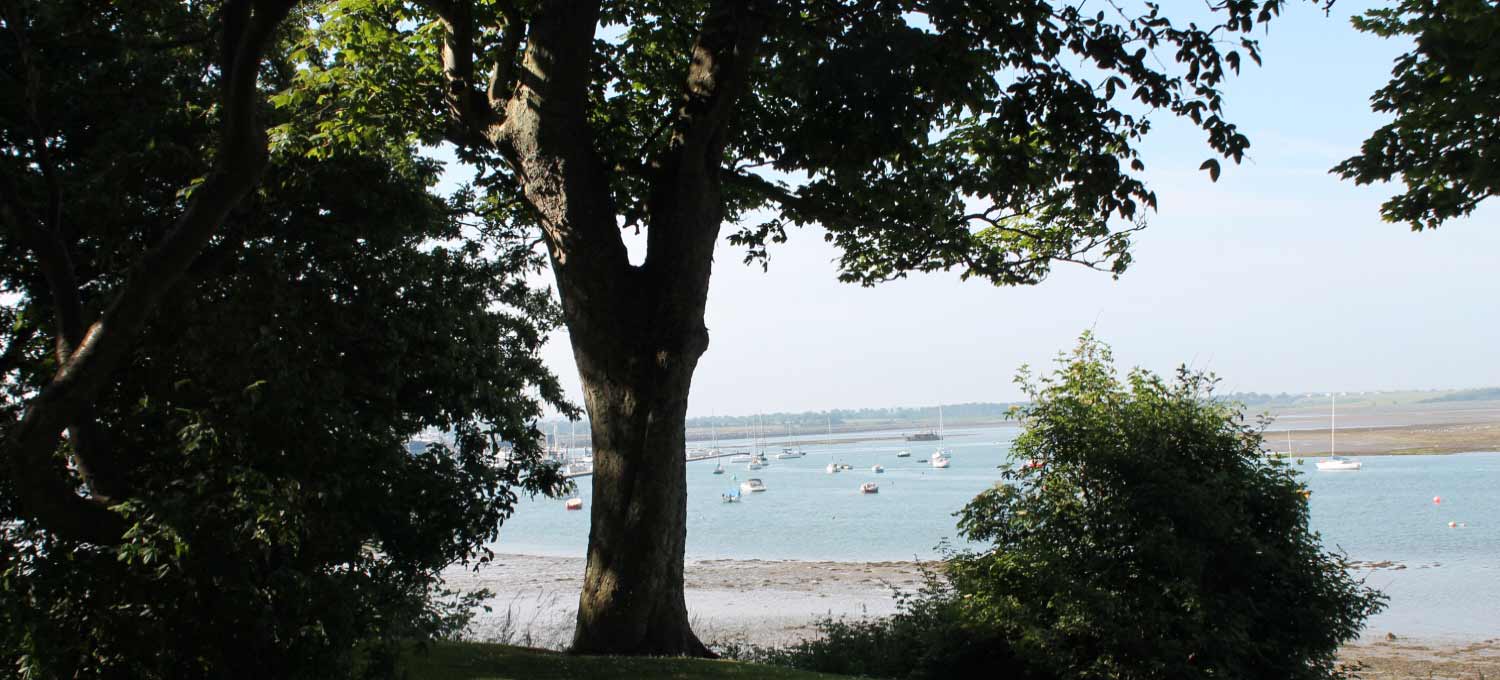
This working miniature rail display, built in the 1920s-1930s, was developed and modernised to become the largest model railway collection in Europe. The railway includes models of stations, landmarks, locations and Irish landscapes from throughout the 20th century.
Malahide hosts two annual festivals, the “Malahide Has It” Summer festival takes place every July and in December Santa visits the village for the annual Christmas festival.
The Toot’s Malahide Road Train for kiddies (of all ages) is a great hit during the tourist season; the service commences from Malahide Dart station and terminates at the Castle grounds.
There’s many pubs to sink a pint or G and T locally, popular venues being Gibneys, on New Street, with its seven separate bars; Gilbert and Wrights on the same street; and Duffys on Main Street.
Transport: Commuting is made easy by the regular train, DART and Dublin Bus services, while the morning and evening 142 serves University College Dublin in Belfield.
Shopping: The village has all the usual supermarkets and food outlets and the town’s many by now trademark fashion boutiques, hair and beauty salons.
Schools: St Sylvester’s Infant school, Yellow Walls Road; Pope John Paul 11 National School on Sea Road; St Oliver Plunkett NS, Grove Road; St Andrew’s National School on Church Road; for secondary school age children there is Malahide Community School in Broomfield, and there is the Irish College of English on Church Road.
House prices: Starting at €400,000 plus, according to John Brophy of Brophy Estates, right in the village. After that it’s onwards and upwards, average apartment going for €300,000.
Top end properties on, for example, the development on the old Malahide Golf Club, such as a 4 five bed detached properties will go for up to €1,500,000 and more.
Commendable
* Proximity to Dublin and Dublin airport: easily accessed via M50
* Eateries and boutique shopping
* Well kept, often in Tidy Towns
* Excellent water sports facilities














